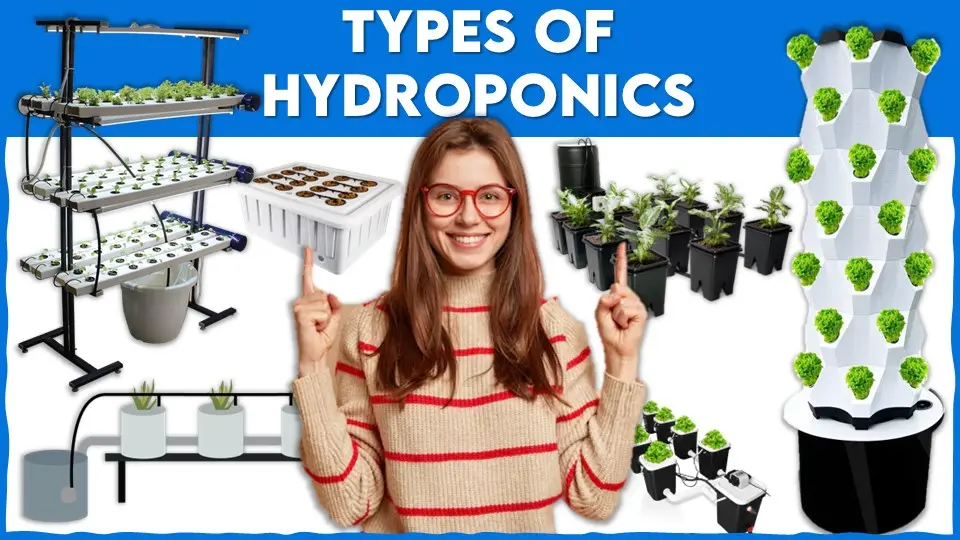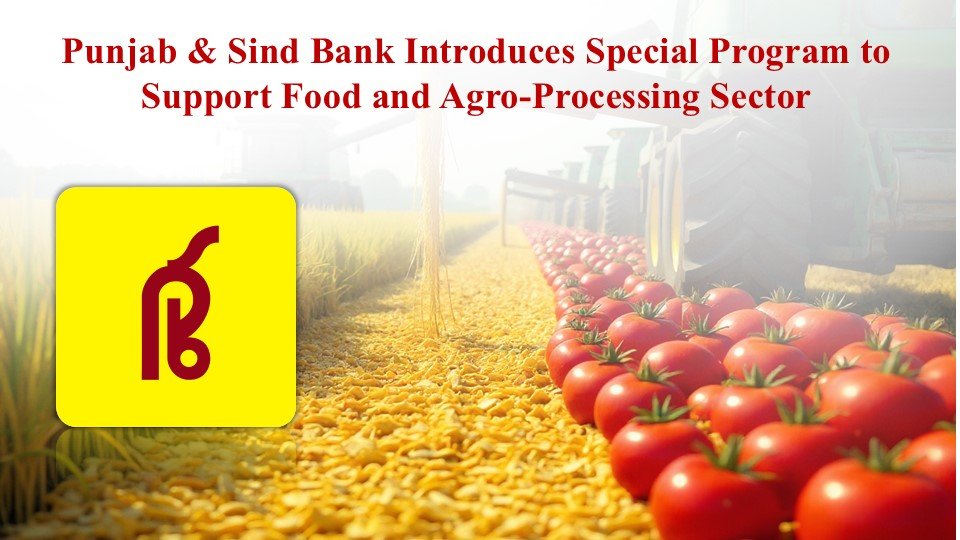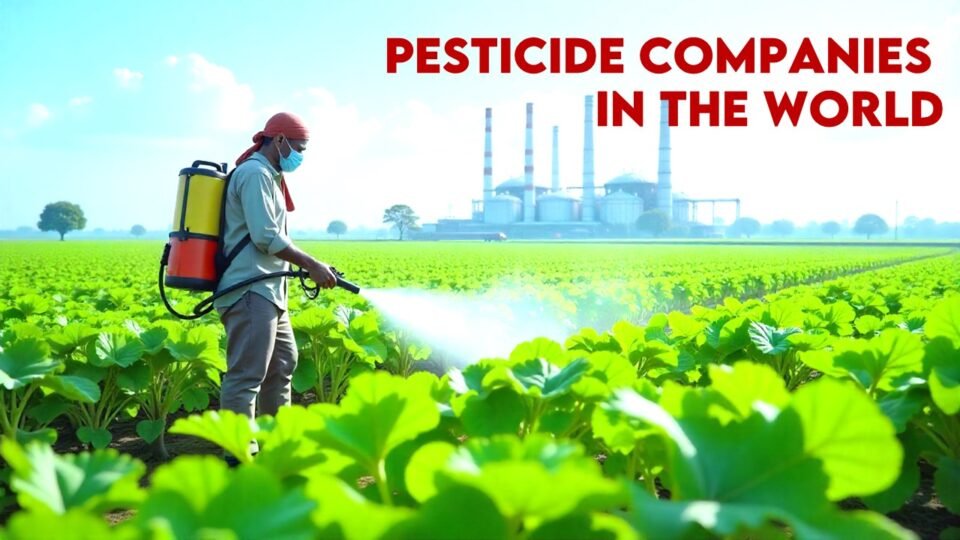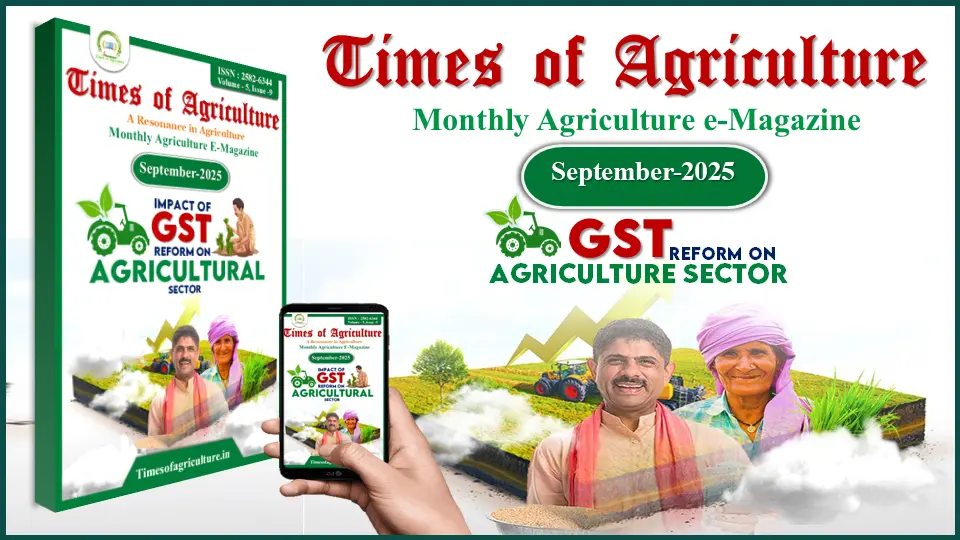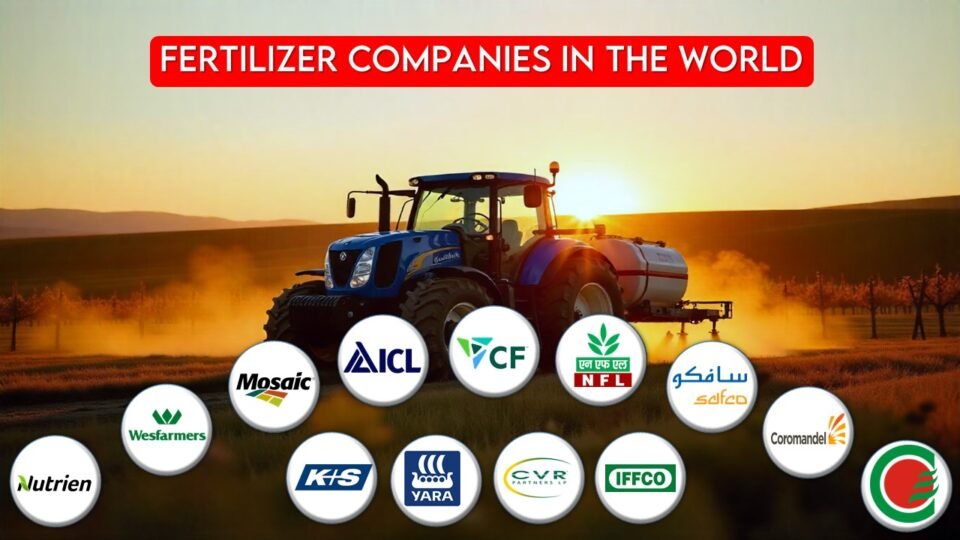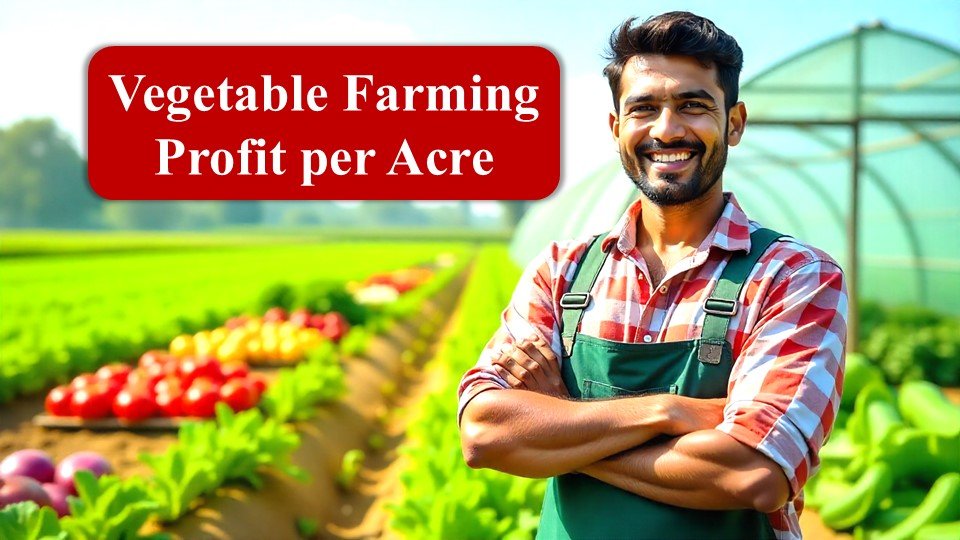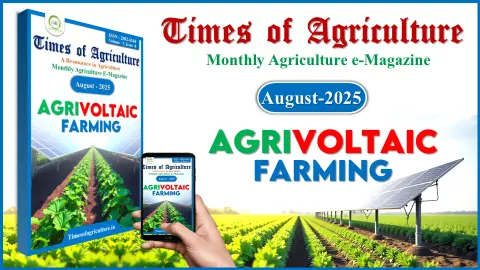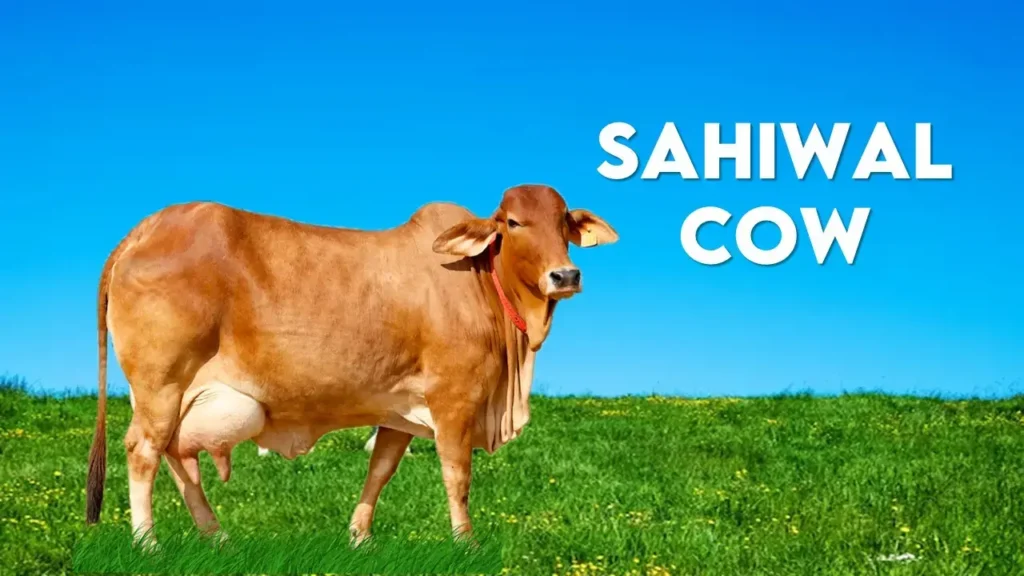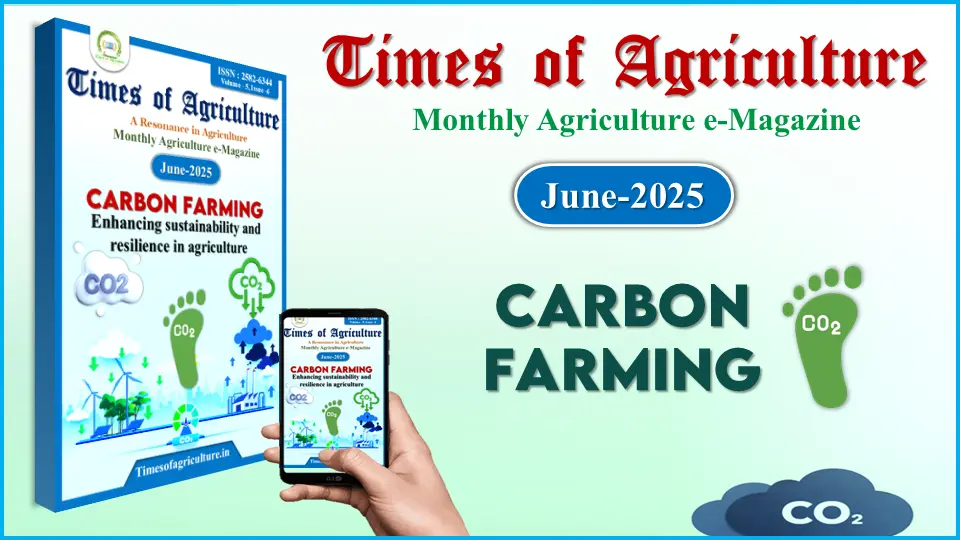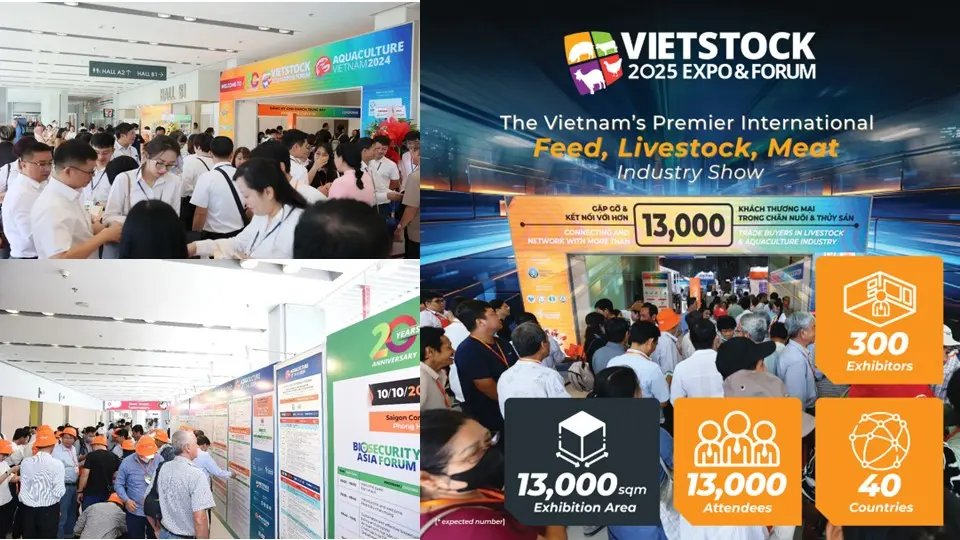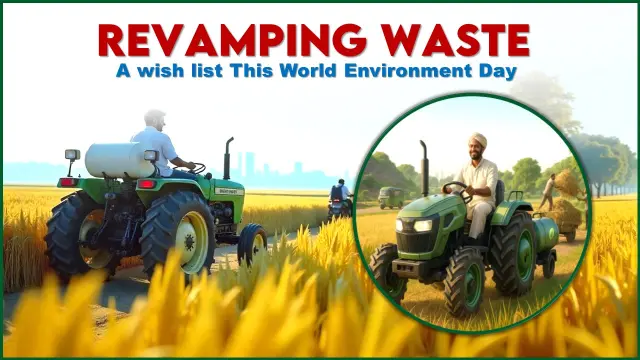Hydroponic systems are known as an advanced form of technology with the help of which one can grow more crops in less area and that too with a low amount of water. Due to the various types of hydroponics systems available, it is possible to grow crops with more speed and swiftness to match the pace of daily life. These systems help the growers to become less dependent on agricultural lands which are otherwise already decreasing owing to an increase in urban population. Along with this, hydroponics systems are also known to mitigate the negative impacts of severe climatic conditions since the crop is grown under controlled microclimate conditions.
It is an alternate option for modern sustainable agriculture with a promising future. In the following article, information about different types of hydroponics systems is provided to help emerging hydroponic crop growers.
Types of Hydroponics Systems
Hydroponics can be classified based on the type of Media and nutrient delivery system to the plants, and drainage system:
1. Solution Based Hydroponics
- Nutrient Film Technique (NFT)
- Deep Flow Technique (DFT)
- Wick Hydroponics
- Ebb and Flow (Flood and Drain System)
2. Media Based Hydroponics
- Grow Bag Technique
- Drip System
3. Aeroponics
There are many options available to growers who want to grow their crops hydroponically. Sometimes, it becomes difficult to choose what type is best for the hydroponic garden. A quick description of all the major types of hydroponics systems is listed as:
1- Nutrient Film Technique
In this type of hydroponics system, an amount of nutrient solution is pumped into the channel that holds the various numbers of plants. These channels are in a slightly inclined position to ease the flow of nutrient solution over it and also over the plant’s dangling roots. After this point, the nutrient solution moves back into the hydroponic reservoir.
This system doesn’t make use of any growing medium and foam net pots are generally used to secure the growing plant. It is the most expandable or feasible system amongst the types of hydroponics systems due to its easy setup which makes it a go-to system for commercial growers. This method is suitable for crops like Lettuce, Amaranthus, Basil, etc.
| Advantages | Disadvantages |
| Minimal usage of the growing medium. | Chances of pump failure is there. |
| Recirculation of the growing medium is there so there is less wastage. | Chances of pump failure are there. |
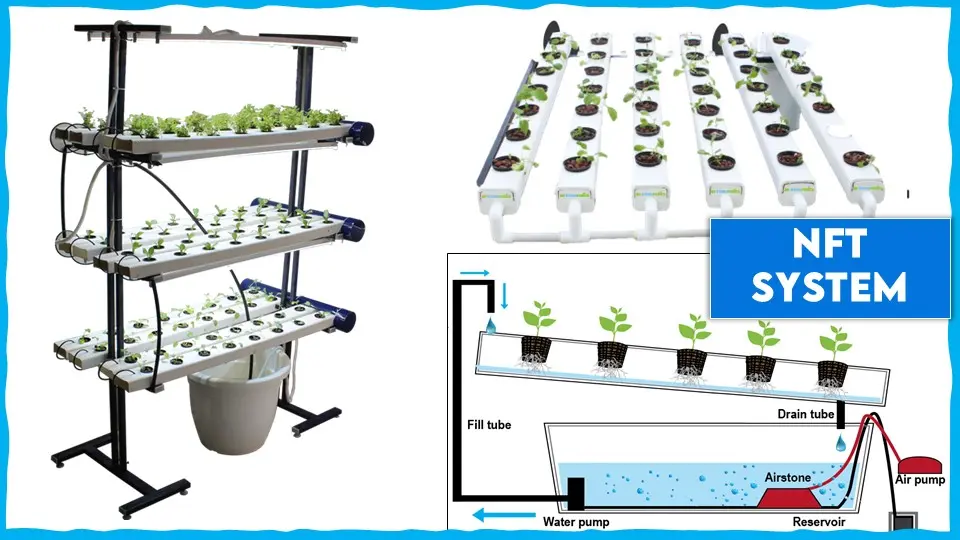
2- Deep Water Culture
Among different types of hydroponics systems, this is the most simple one which requires a reservoir that will house the nutrient solution for the growing plants. This solution holds the roots of the developing plants and also supplies the essential nutrients that the plant needs for their growth, besides oxygen and water.
For the oxygenation of the nutrient solution, an air stone or air pump is of utmost importance because it will prevent the plants from drowning in the water. In this types of hydroponics system, the growers places the plants in the net pots with some hydroponic growing medium, that rests on a foam board or on the top side of the container.
One can grow various crops like bok choy, swiss chard, mustard greens, kale, lettuce, cabbage, and parsley by using the deep water culture technique.
| Advantages | Disadvantages |
| Due to its easy setup and structure, it is the least expensive type of hydroponics systems. | Large plants are not suitable for this hydroponics systems. |
| Low maintenance is needed along with the recirculation of the nutrient solution. | The long duration plants are unfit for this system too. |
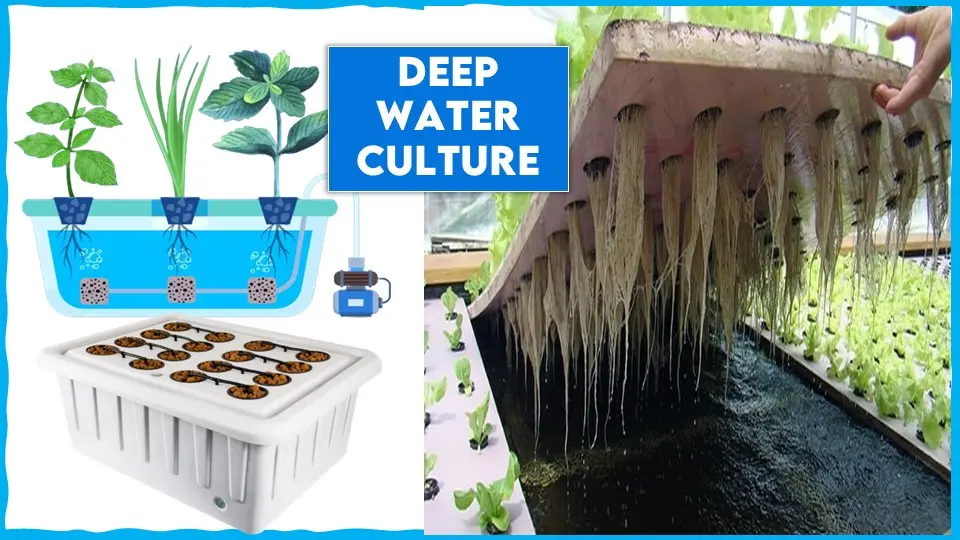
3-Wick Hydroponics
This hydroponic system is the most simple among the types of hydroponic systems. Until recently, it was not considered a usual hydroponic system but a system of passive hydroponics that requires no air and water pump mechanisms.
With the help of a wick, water and nutrients are transported to the plant’s roots which is nothing but a piece of rope/felt. The victory of the wick system or any other types of hydroponics systems depends upon the choice of growing medium which can be coconut coir, vermiculite or perlite.
This system proves to be more suitable for small sized plants that don’t utilize plenty of water or nutrients while a big plant will face an issue of easy maintenance in this types of hydroponics systems.
Herbs (basil, mint, parsley) and leafy greens like spinach, lettuce grows well by these types of hydroponics systems.
| Advantages | Disadvantages |
| A pure hands-free system, if the grower manages once, to set this properly. | The damage to the plant occur if the wick is not placed properly and also if the growing medium is not of a right choice. |
| For the newcomers in hydroponics, this system is most suitable as small plants can be easily grown. | Issues with the larger/big plants |
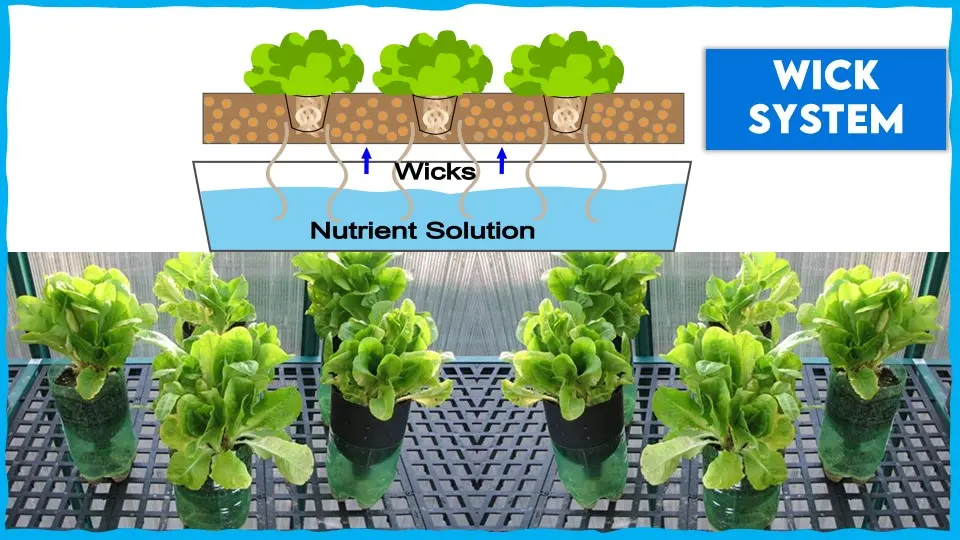
4- Ebb and Flow (Flood and Drain System)
In this flood and drain system, the plants roots’s are not exposed or float over the nutrient solution. In Lieu of this, the plants are grown on a tray that already has a growing medium. This tray will then be placed over the nutrient solution, number of times per day. The flooding of the tray with the nutrient solution relies upon many factors like the size of the plant, the water required and the growth stage etc.
The reservoir that is filled with the nutrient solution is placed under the tray of growing plants and with the help of a water pump, the water flows into the tray. There is also a provision of a timer that fixes the time of flooding. Once the tray is flooded, due to gravity, the solution moves back into the reservoir. After this process, the re-oxygenation of the nutrient solution occurs for the next cycle.
One can grow various crops by this types of hydroponics system which are: tomatoes, cucumbers, peppers, lettuce, spinach, radishes, basil and mint.
| Advantages | Disadvantages |
| Flexible in nature with respect to growing medium. | The chances of drying of roots are more if the proper environmental conditions are not provided. |
| Better in water and energy efficiency as compared to other hydroponics systems. | This hydroponics system needs a lot of growing medium of right choice. |
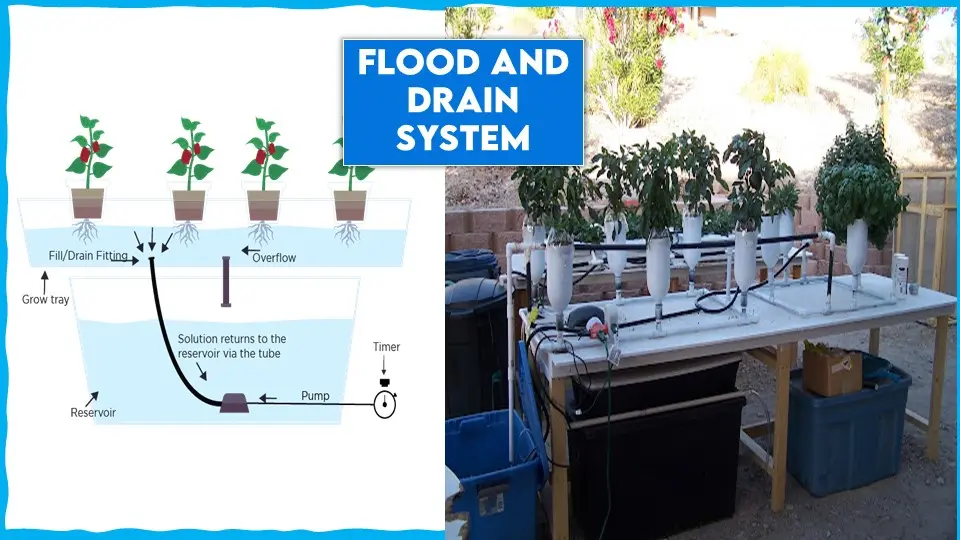
5- Aeroponics
Another similar type to nutrient film technique is the aeroponics, under the different types of hydroponics systems which is one of the most sophisticated and hi-tech system. In this system too, the roots of the plants hangs in the air but on the contrary it makes use of mists to provide nutrient solution to the growing plants instead of a layer of solution.
The time of providing nutrients to the growing plants is less and the cycle is not that lengthy as it is in ebb and flow method. The grower can use a finer sprayer that produces mist to supply the plants with nutrients regularly.
Some of the commonly grown vegetables in aeroponics include broccoli, Brussels sprouts, kale, green beans, tomatoes, and spinach.
| Advantages | Disadvantages |
| The growth rate of the plants is quick. | Failure of high- pressure nozzles for misting causes drying of roots. |
| The plant’s roots obtained more oxygen in comparison to other types of hydroponics systems. | Quite expensive and complicated to set up. |
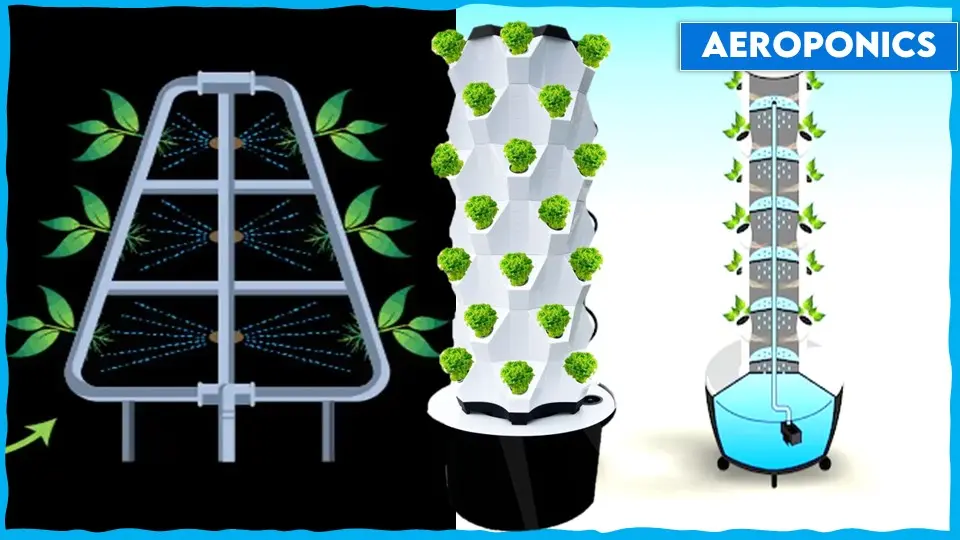
6- Drip System
This sub-method of hydroponics system is used by commercial-level growers and not by small gardeners. It is the most popular type of hydroponics system across the world and has the highest water use efficiency. In this also, the plants are placed in a growing medium over the trays, which is further kept above the reservoir that consists of a nutrient pump with a timer. With the help of small drip lines, the nutrient-rich water turns to each plant, after the timer switches onn the pump.
An air pump and stone is also kept along to supply aeration in the reservoir. This system is best suited for tomatoes, peppers, cucumbers and aloe vera etc. There are two categories of drip system that a grower can utilize which are- recovery drip systems and non-recovery systems.
a- Recovery Drip System:
In this type, the excess of nutrient solution that flows out goes back into the reservoir and is reused for the next cycle. This makes it a more efficient system as it also uses a less expensive timer to control the watering cycle. One has to always keep an eye on the system to adjust the pH and the nutrient levels in this type of hydroponics systems.
b- Non-Recovery Drip System:
As the name indicates, the excess of the nutrient solution in this type doesn’t go back into the reservoir and so it can not be reused. This system needs less maintenance in comparison to the above system because the pH and strength of the nutrient solution remain the same until the grower makes a new solution.
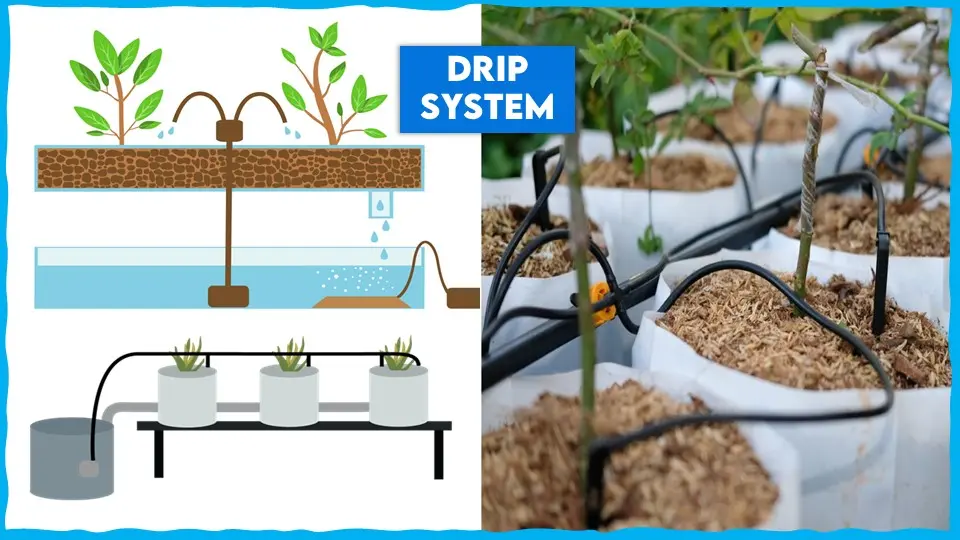
7- Grow Bag System
In this Method, 1-1.5 m long UV-safe polythene bags filled with old, disinfected coir dust or any solid media are used. These bags are approximately 6 cm in height and 18 cm in width. They are placed horizontally in rows on the floor with walking space between. Bags may be arranged in paired rows depending on the crop. Small holes are made on the top of the bags, and seedlings or other planting materials in net pots are inserted into the coir dust. Two to three plants can be established per bag. Two small slits low on each side of the bags allow for drainage. Fertigation is done with a thin black tube connected from the main supply line to each plant. The entire floor is covered with white UV-safe polythene before placing the bags, which reflects sunlight to the plants and reduces relative humidity between plants and the occurrence of fungal diseases.
Grow bag is a type of portable bag used in hydroponics technique to grow crops. It comprises a breathable material/ fabric that holds the growing medium like coco coir or soil required by the plants.
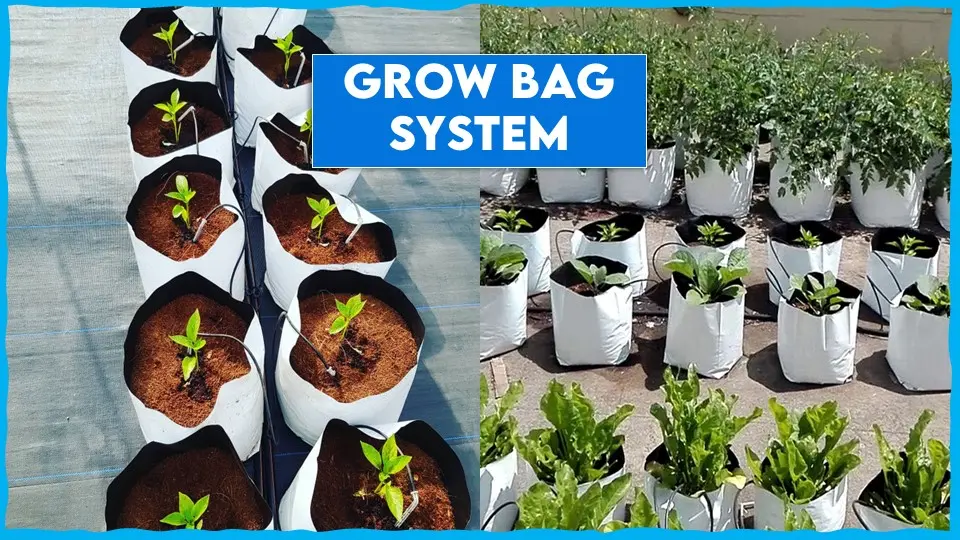
Also Read
- Is Hydroponics Farming Profitable In India?
- Setup your own Hydroponic Tomato Farming
- Top Hydroponics Companies in India
Wrapping Up:
From the above information, one will get to know about how the different types of hydroponic systems available, have completely turned the view of our modern and sustainable agriculture. This new and emerging farming method has provided growers, with a profitable option to grow healthy and high-quality crops. These crops that are cultivated with different types of hydroponics systems and that too with greater efficiency have reduced our problem of scarce water, land, and worries of food production. There is now a ray of hope in the production of high-quality food with higher yields only due to these different types of hydroponics systems. Indeed, they are an alternative to modern agriculture with a promising future.
Latest Post
- Punjab & Sind Bank Introduces Special Program to Support Food and Agro-Processing Sector
- Beyond Classrooms and Gardens: How a Professor Turned His Passion into Purpose
- October Issue 2025- Times of Agriculture Magazine
- Top 10 Pesticide Companies in the World
- September Issue 2025- Times of Agriculture Magazine
- Top 15 Fertilizer Companies in the World
- Top 10 Vegetable Farming Profit Per Acre in India
- August 2025 : Times of Agriculture Magazine (AgriVoltaics Farming)
- Button Mushroom Farming: Infrastructure, Cultivation, and Profitability
- Sahiwal Cow: Characteristics, Milk per Day, Price and Origin
- July 2025 : Times of Agriculture Magazine
- June Issue (2025) – Times of Agriculture Magazine
- How to Create Modern Commercial Greenhouse Agriculture
- REACH NEW HEIGHTS WITH YOUR BUSINESS AT VIETSTOCK EXPO & FORUM 2025
- Revamping Waste: A wish list This World Environment Day


